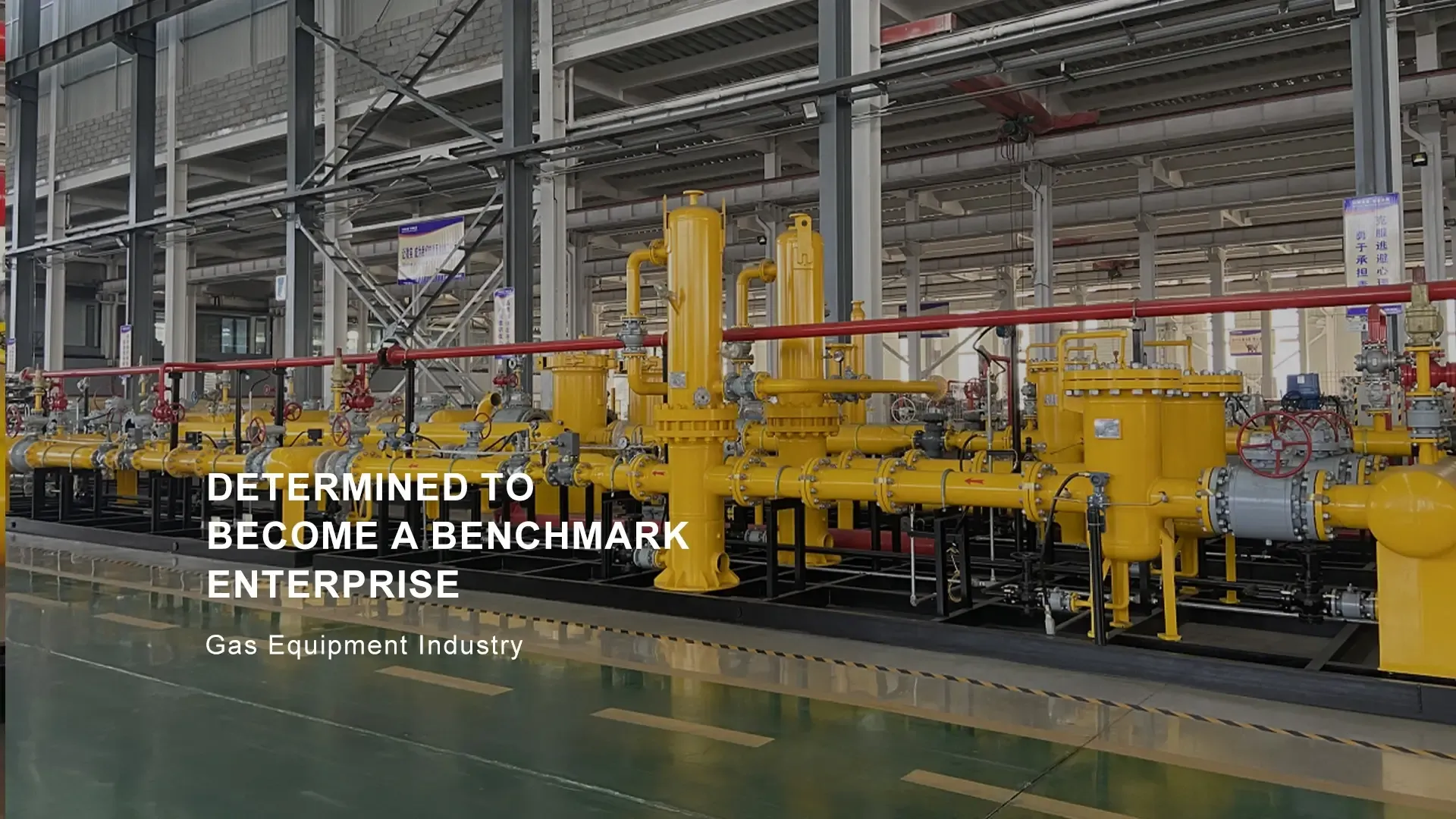
Dec . 05, 2024 07:28
Back to list
Optimizing Gasification Systems for Enhanced Energy Production and Efficiency
Gasification Equipment An Overview of its Importance and Functionality
Gasification is an innovative technology that converts carbonaceous materials into syngas—a mixture primarily composed of hydrogen, carbon monoxide, and some carbon dioxide. This process is increasingly viewed as a viable method for energy production and the reduction of waste in an environmentally friendly manner. As industries look for sustainable solutions to meet energy demands and minimize carbon footprints, gasification equipment has emerged as a key player in the transition to cleaner energy.
Understanding Gasification
Before diving into the specifics of gasification equipment, it’s essential to comprehend the gasification process. This thermochemical conversion technique involves breaking down carbon-rich materials—such as biomass, coal, or municipal solid waste—at high temperatures in a controlled environment, typically in the presence of a limited amount of oxygen or steam. The result is the production of syngas, which can be utilized for various applications including electricity generation, chemical production, and even transportation fuels.
Types of Gasification Equipment
Gasification facilities are equipped with various types of machinery designed to facilitate the gasification process. The choice of equipment often depends on the feedstock being used and the desired end-products. Key components of gasification equipment include
1. Gasifiers The core of any gasification system, gasifiers come in different designs—such as fixed bed, fluidized bed, and entrained flow gasifiers—each suited for specific types of feedstocks and applications. For instance, fluidized bed gasifiers are known for their ability to handle diverse biomass feedstocks, while entrained flow gasifiers are typically used with finely ground coal or petcoke.
2. Feedstock Preparation Units Before materials can be gasified, they often require preprocessing to ensure optimal performance. Equipment for shredding, drying, and sizing feedstock is crucial in preparing feed materials for the gasification process.
3. Gas Cleanup Systems After gasification, the produced syngas often contains impurities such as tar, particulate matter, and sulfur compounds. Gas cleanup equipment, including scrubbers, filters, and catalytic converters, removes these contaminants to ensure the syngas meets the quality standards necessary for its intended uses.
gasification equipment

4. Energy Recovery Systems To maximize efficiency, many gasification facilities integrate energy recovery systems that convert excess heat generated during the process into usable energy. This integration enhances the overall energy balance of the gasification plant.
Applications of Gasification
The versatility of gasification technology means its applications are vast and varied. The syngas produced can be used in several ways
- Electricity Generation Syngas can be combusted in gas turbines or used in combined heat and power (CHP) systems, contributing to the generation of clean electricity. This is especially important in regions looking to transition away from fossil fuels.
- Chemical Feedstock Industries can utilize syngas as a building block for producing chemicals such as methanol and ammonia, which are essential in various sectors, including agriculture and manufacturing.
- Transportation Fuels Through processes like Fischer-Tropsch synthesis, syngas can be converted into liquid fuels, providing a renewable alternative to conventional gasoline and diesel.
The Future of Gasification Equipment
As global energy demands continue to rise and the urgency for carbon reduction increases, gasification technology holds promise for sustainable energy production. Innovations in gasification equipment are on the horizon, focusing on increasing efficiency, reducing costs, and improving feedstock flexibility. Advances in carbon capture and storage (CCS) technologies integrated with gasification processes can further mitigate the environmental impact of fossil fuel use.
In conclusion, gasification equipment plays a vital role in harnessing the potential of waste and renewable resources to create clean energy and valuable products. Its importance will only grow as industries strive for sustainability in an ever-evolving energy landscape. With continued advancements, gasification may well become a cornerstone of a circular economy, enabling the transformation of waste into a resource for future generations.
Latest news
-
Safety Valve Spring-Loaded Design Overpressure ProtectionNewsJul.25,2025
-
Precision Voltage Regulator AC5 Accuracy Grade PerformanceNewsJul.25,2025
-
Natural Gas Pressure Regulating Skid Industrial Pipeline ApplicationsNewsJul.25,2025
-
Natural Gas Filter Stainless Steel Mesh Element DesignNewsJul.25,2025
-
Gas Pressure Regulator Valve Direct-Acting Spring-Loaded DesignNewsJul.25,2025
-
Decompression Equipment Multi-Stage Heat Exchange System DesignNewsJul.25,2025

